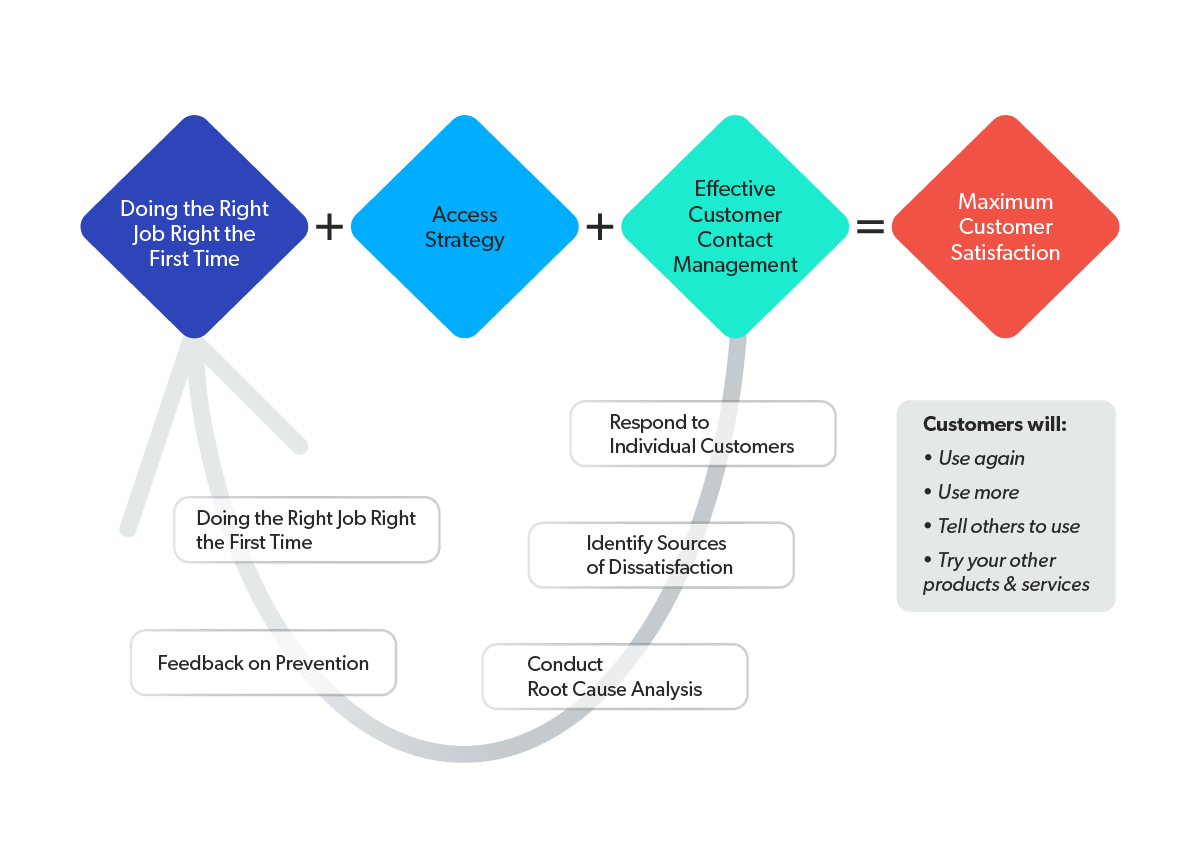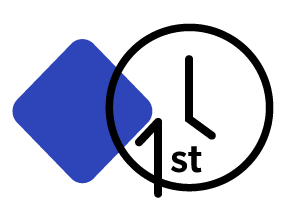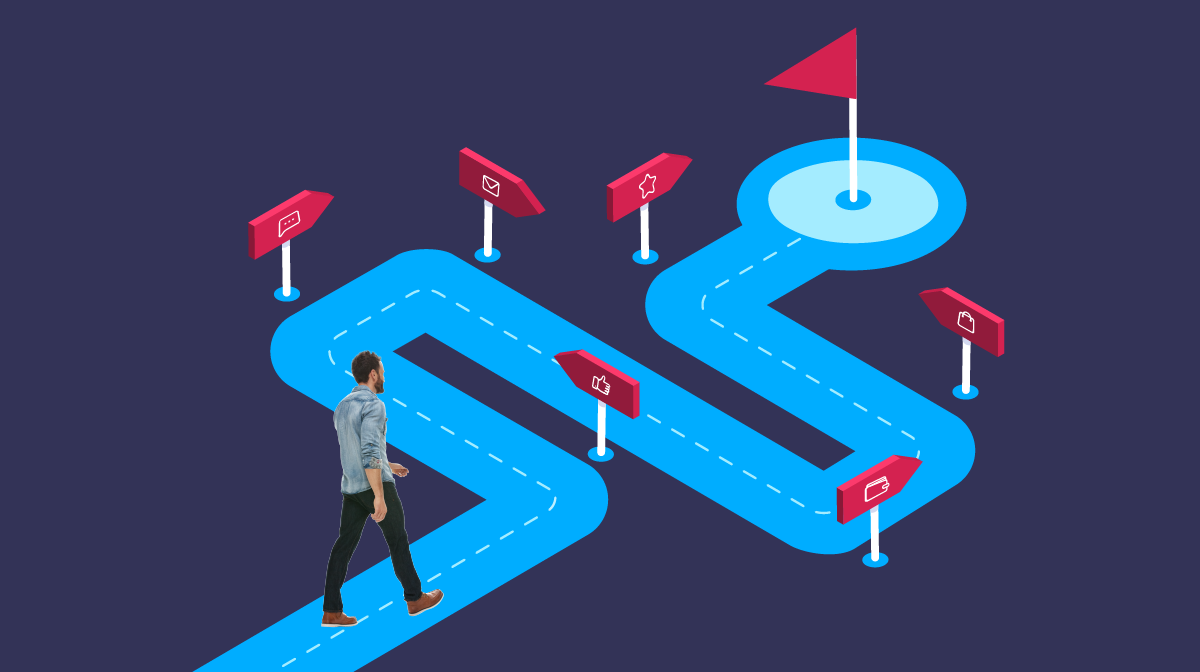The customer experience (CX) has evolved dramatically over the past three decades. In the 1990s, Joe Pine, in The Experience Economy, focused on “memorable experiences.” In the early 2000s, IBM coined CX.0 based on its CRM system that helped personalize communications. In 2014, I suggested that CX 3.0 should be proactive, preventive, and engaging when appropriate. [1]
Now, 30 years later, after a thousand service systems and CX strategy reviews, my team and I have seen eight areas that are almost never adequately addressed in end to end customer experience strategies.
After providing a short synopsis of critical customer behavior, I’ll provide a context for these areas and then explain why most companies fail to include them in their digital customer experience strategy.
How (Most) Customers Behave
- Grin and bear it: On analyzing customer data, less than half of consumers, and often as few as 1 out of 20 complain. For Business to Business (B2B), the non-compliant rate is 30-95%. Businesses grin and bear poor customer experience not because of brand loyalty but rather fear. They fail to complain due to fear of souring the relationship, reticence to getting vendor staff in trouble, fear of conflict, and hopelessness – complaints in the past have not been addressed.
- TL;DR: Less than half of consumers report carefully reading directions or contracts. [2] About 30% of small and medium business owners fail to read contacts. [3]
- Small gestures go a long way: Customers are delighted by little things such as enthusiasm, empathy, and transparency. [4]
- Happiness is contagious: Word of mouth referrals generated by delighted customers is the most cost-effective marketing mechanism for customer retention – even twice as robust as from totally satisfied customers. [5]
With these four behaviors in mind, here’s what you can do to deliver a better customer experience – one that’s easier on your company.
How Do You Build Customer Satisfaction?
While a design of the customer journey from the customer’s perspective is important, such an approach can miss critical steps in designing your delivery of a great customer experience. A better way of conceptualizing the delivery of a great journey is provided by the following four-part formula for achieving satisfaction.
- Doing the right job, right the first time
- Easy access to strategy
- Effective customer support management
- Feedback and Voice of the Customer (VOC)

How to Improve Your End-to-End Customer Experience?

Doing it right the first time
This phase covers the production and sale of the product, including articulation of benefits, anticipating customer needs, comparison to competitors, and onboarding. Most companies define quality as delivering products according to spec but customers don’t read and make many assumptions. In this phase, most companies fail at two critical steps of customer experience strategy: Transparency and Onboarding.
- Transparency and honesty will prevent or at least allow the customer to anticipate problems that will probably be encountered, producing high levels of trust. At Ryder Logistics, sales reps might say, “Lease our trucks and your uptime will be stellar.” (Which is true.) BUT, the GVP of Sales then adds, “But let’s also talk about what happens when a truck breaks down.” Acknowledging such occurrences makes the sales pitch more credible and eliminates any unexpected surprises.
- Customer onboarding should first characterize the customer’s skills and preferred channels of communication. Further, the customer should be queried on how they intend to use the product to assure the training meets customer expectations. This characterization is part of the first step of defining the customer persona. The second stop of onboarding focuses on motivation – a want to get educated and build a strong customer relationship.
Only then, as the third step, should you move into direct customer education. Most companies miss the first two steps. After basic education, move to an advanced version and evaluate the effectiveness of the onboarding process (this last step is also often missed).
One tech company asked customers how tech-savvy they were and had three ways of delivering a personalized experience depending upon sophistication. This is a great example of how customer insights can be used to deliver a better customer experience.
A credit union motivated customers to watch a 4-minute video on obtaining a mortgage by offering a ¼ point discount on the mortgage. Those who watched the video made many fewer mistakes.

Access to help — and encouragement to engage
Access to help is more than being available via all channels at all times . (And while we shouldn’t confuse this accessibility with website accessibility, you might remember to provide help using voice, braille keyboards, etc.)
Most customers won’t ask for assistance, so you need to place the message to motivate them to ask for help in front of them exactly when they encounter the problem or question. ‘In front of’ might include voice or braille notifications as well.
Without that early education, you risk damages with regard to customer loyalty and service costs
- Aggressive Solicitation: The message, “we can only solve problems we know about,” must be in front of the customer exactly when a problem is encountered. Non-complainants are much less loyal but many companies are afraid to solicit complaints because of fear of bad news and the existence of a blame mentality. Dyson actually prints the 800 number on the handle of the vacuum so that consumers see it and call rather than going back to the retailer.

Contact handling and service
Should customer service and contact handling be proactive or reactive? Being proactive is one-third the cost – and often creates a positive customer experience. Reactive service should be very flexible depending on the customers’ needs. One answer does NOT fit all for complex issues
- Assign Proactive/Reactive Response by Issue Complexity. Where is a proactive approach most cost/effective? What is the balance between the benefits of efficiency vs. the cost of giving an unresponsive answer? To become proactive in a systematic manner, the company must flag transaction failures, even before they become evident to the customer. For example, FedEx can identify when a container missed a flight and notify customers the day before that the package is going to be late.
Likewise, Harley Davidson (HD) emails customers in Northern states and warns them that if their bike is stored outside all winter, the battery will be dead when they want to ride on the first nice day in March. Further, HD suggests in the email that the customer can buy a charger on the website and charge the battery indoors in February so she will be ready to go in March. This proactive approach avoids problems, plus generates extra revenue from charger sales. - Create Flexibility that can be built into both human and digital responses. For each complex issue, create a flexible solution space that specifies the key parameters that may differ, case to case. At Nissan, CSRs have delegated authority by District Service Managers to be flexible on how much goodwill they could spend on out-of-warranty repairs for good customers.
Navigant Credit Union empowered tellers to decide when they would accept third-party checks (a major risk) based on their knowledge of the member. While Compliance objected, in a pilot test at three branches, losses actually declined. Flexible solution spaces should be provided by the system to the front line for at least the top five frequent but difficult issues. - Make Delight Intentional. Identify opportunities to create cheap delight and foster lots of positive word of mouth. The same verbiage can often be used in both human and digital exchanges. For example, either a chatbot or a human can say, “I’d love to help you with that!” or “I’m the superhero of lost shipments – let’s get started finding yours!” and create customer delight.
Slack also provides a great example in their update section, saying nothing beyond “take care of yourself and treat yourself kindly.” Just that comment created 567 comments, most of which appreciated the humanity of Slack. However, there were some complaints that the advice was “trite and lazy.” Lesson: delight will be a hit 97% of the time but offend 3%. I think it is still worth doing.

Feedback and Voice of the Customer (VOC)
Most companies have rudimentary VOCs. Only one or two data sources are used, usually complaints and a survey. These data are used to produce a single VOC report sent to all management, often producing very little action and impact. Companies need to rethink the two major aspects of VOC processes: gathering the data and analyzing/packaging the results to maximize impact.
- Gathering VOC Data. Enhance the range of data collected and improve its actionability. Designers must think more broadly about sources of information (e.g., internal issue tracking systems), to make VOC more compelling. Further, the actionability of surveys can be enhanced by providing the customer with a list of issues they may have encountered rather than just asking if they have had any problems.
We find you can surface three times as many problems and the granularity makes the data much more actionable. If your invitation highlights action you’ve taken based on customer input in the past, you show the customer that their investment in feedback will create benefit. For instance, at Chick-fil-A, our survey invitation noted “based on your input, we’ve brought back BBQ sauce.” Response rates increased significantly. - Analyzing and Packaging VOC. The first step of maximizing impact is preparing management for bad news. VOC managers should educate management that weaknesses that lose customers are exactly the areas where profits and competitiveness can be enhanced.[6]
Secondly, the analysis should quantify the revenue implication, by issue, to create the economic imperative for action. An analysis that quantifies the payoff of enhancing the whole customer experience (for instance, Net Promoter Scores) really is not actionable because it is not realistic to fix everything. I do have an article entitled,”Net Promoter is like global warming – lots of handwringing but little action.”
Think in terms of those items that are fixable, and calculate the payoff in each. This brings about much more investment and implementation. I learned at Toyota USA that the best analysis was one that quantified the revenue cost of inaction on a problem for a month. The minute you quantify the cost of inaction (X customers or $Y millions) per month, you precipitate action.
Work with Quality or Performance Improvement in formulating actionable recommendations. When these departments are assisting in the analysis, the company sees twice the impact of VOC in terms of things getting fixed and year-over-year improvement in customer satisfaction.[7]
The final aspect of VOC packaging is tailoring the report to different audiences. Each function should be provided with a separate report and briefing. Chip Horner, former Director of Consumer Services at Colgate Palmolive, said, “ You have to look them in the eyes to assure that they understand the opportunity.”
Getting Started
If you are keeping score on how well your company is doing on these eight factors, don’t be too distraught. Very few companies do well in more than half of them. If you need quick wins and management buy-in, I’ve found three of the actions are relatively easy to get started and don’t require major systems investments.
These are customer onboarding, giving the front line flexibility, and permission to delight, and finally, packaging the VOC data to create a credible economic imperative. Each is described briefly:
- Pick one or two prevalent customer misunderstandings or mistakes and highlight them on your website, quick start guide, and the customer welcome email. Further, if you sell through channels, communicate that education on those two issues will create delight and great customer ratings.
- Identify two areas where the front line needs specific empowerment (blanket empowerment does not work!), on two issues. If management objects, do a pilot test as I described above – you will always be vindicated. Also, encourage the front line to show enthusiasm, take time to educate, arming them with short videos, and show empathy. As noted in the study cited above, we achieved a 4-point top box rating improvement with only a short training session.
- Pick two problems that create significant complaints and dissatisfaction and triple the number of complaints to estimate the number of customers and revenue at risk per month. Most likely, this number will be big enough to get management to invest in a baseline survey of the actual prevalence of the problem and its market damage.
See these articles, How to Get Executives to Support CX Improvements? Appeal to Greed, and Translate Your Customer Journey into Financial Data to Drive Business Results, for guidance on how to assemble the calculations.
Summary
When developing your CX Strategy, you cannot just rely on the customer journey map to indicate what you need to do. You must build in the tools necessary to support the education, staff flexibility, and feedback channels that are critical to success, even if the customer never asks for them or knows they exist.
Resources:
[1] John Goodman, Customer Experience 3.0, AMACOM, 2014
[2] Customer Care Measurement & Consulting, National Rage Study, 2017, Arlington VA
[3] Survey by Goodman of 250 CEOs attending multiple training sessions hosted by Vistage.
[4] John Goodman, Othmar Mueller von Blumencron, “Making Delight Intentional”, Call Center Pipeline, December 2021
[5] Ibid


